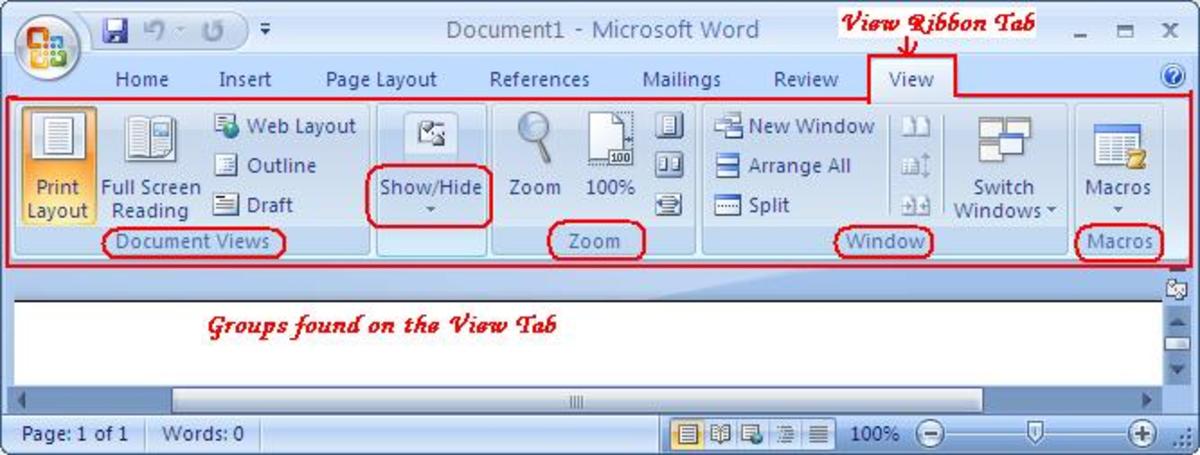
- #Mailings tab commands how to
- #Mailings tab commands full
Click the Custom Group you want to use and click the Add button. From the drop – down list, select the command category you want to use. On the Rename dialog box, type the name of your new tab. Word now adds the tab and a new group with the tab. Click OK and Word adds the new group to the tab. On the Rename dialog box, type the name of the group. Click the New Group button and Word adds the group. On the list of commands, select the one you would like to add. On the dialog box, click Customize Ribbon Tab. On the pop – up menu, click Customize the Ribbon. Right click on any part of the Ribbon. To display the Customize Ribbon Tab following the following steps. You can customize the Ribbon to add tabs, groups or commands that you will use often. You can use the mini toolbar and context menu to format without going to the Home Tab. When you right click on the text, a context menu will appear. When you move your mouse over the selected text a mini toolbar will appear. Working with Mini Toolbar & Context Menus #Mailings tab commands how to
A dialog box is an on-screen form that you fill up to tell MS Word how to complete a command.The arrow next to the Group name is the Dialog Box launcher. Selected command is the highlighted command.
 Dimmed menu items are not available for selection at this time. An arrow next to an icon means that there are other options available. To apply a command, just click the icon.
Dimmed menu items are not available for selection at this time. An arrow next to an icon means that there are other options available. To apply a command, just click the icon. 
You can also move the Quick Access below or above the Ribbon. Check or uncheck the commands that you need or do not need. To customize this toolbar, click the Customize Quick Access Toolbar arrow, and a drop-down menu will appear. Quick Access Toolbar contains frequently used commands.This View tab displays the related commands which are grouped as Document Views, Show/Hide, Zoom, Windows, Macros.This Review tab displays the related commands which are grouped as Proofing, Comments, Tracking, Changes, Compare, Protect.This Mailings tab displays the related commands which are grouped as Create, Start Mail Merge, Write and Insert Fields, Preview Results, Finish.This Reference tab displays the related commands which are grouped as Table of Contents, Footnotes, Citations & Bibliography, Caption, Index, Table of Authorities.This Page Layout tab displays the related command which are grouped as Themes, Page Setup, Page Background, Paragraph, Arrange.This Insert tab displays the related commands which are grouped as Pages, Tables, Illustrations, Links, Header and Footer, Text, Symbols.This Home tab displays the related commands which are grouped as Clipboard, Font, Paragraph, Styles, Editing.When you move the mouse pointer over each command or tool, it will display the pop[-up name and function of the command.Additional tabs such as Format and Design will show when you are working on Pictures, ClipArt, WordArt, text boxes and shapes. These tabs contain commands and tools which are grouped according to their function. It has seven tabs which are Home, Insert, Design, Animations, Slide Show, Review and View. The Ribbon is the panel at the top portion of the document.They minimize, maximize, restore and close the window.
#Mailings tab commands full
They display the buttons such as Print Layout, Full Screen, Reading, Web Layout, Outline, Draft. It displays the document information such as the number of the page on which the insertion point appears, the total number of pages, the proofing errors indicator and the view buttons. The insertion point represents the location where your text will appear. It opens a dialog box or task pane that provides more options. Group name appears below the group ribbon. Tabs – represents the activities you perform and contain related groups. It contains the commands organized in three components:. It shows the open program and the name of the open file. You can customize, add or delete buttons on this toolbar. 
It provides access to the most common Word commands including Save, Undo, Repeat and Copy. When you click this button it shows the following menus, New, Open, Save, Save As, Print, Prepare, Send, Publish and Close. It provides access to the only menu in Office 2007. Office Button Quick Access Toolbar Title Bar Ribbon Tabs Groups Commands Dialog Box Launcher Scroll Bar View Buttons Control Buttons Zoom Level or Zoom Slider MS Word is a word processing program used to create, format, save and print letters, reports, newsletters, manuscripts, signs, certificates other documents.







 0 kommentar(er)
0 kommentar(er)
